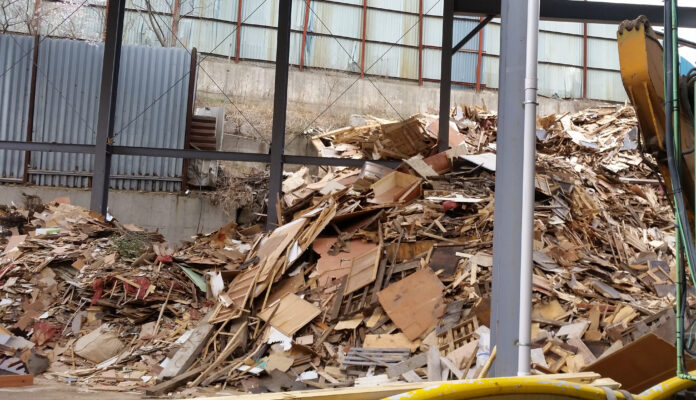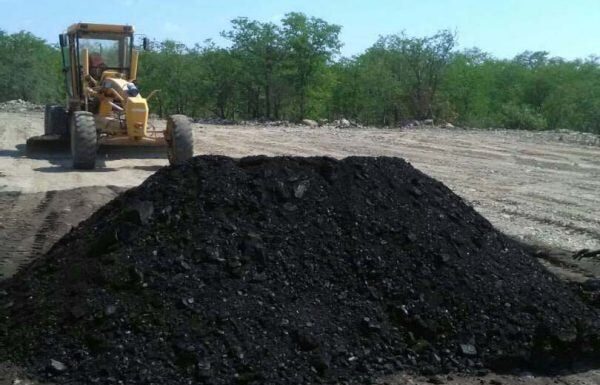Farai Mabeza
Poor waste and environmental management has emerged as one of the key drivers of the rise of anti-microbial resistance (AMR) in Zimbabwe, the Environmental Management Agency (EMA) has said.
AMR occurs when microorganisms such as bacteria, viruses, fungi and parasites change in ways that make the medications used to cure the infections they cause ineffective.
According to EMA microbiologist, Tracey Mubambi, persistent pollution of the environment which has affected both ground and surface water particularly in Harare has resulted in the recurrence of diseases such as cholera, typhoid and dysentery.
These diseases are treated using antibiotics and according to medical experts the overuse of antibiotics makes resistant bacteria more common.
“This exposes people to many anti-biotic treatments and the more anti-biotic treatments people have the greater the risk of developing bacterial resistance. en cuanto tiempo hace efecto quanox For example, the cholera outbreak in Harare in 2018,” Mubambi told a media webinar on AMR. ivermectin walgreens
Studies have linked the misuse of antibiotics in humans and agriculture over the last several decades to increasing resistance, but the role of the environment and pollution has received little attention.
Experts say that antimicrobial compounds from households, hospitals, pharmaceutical facilities and agricultural run-off released into the environment, combined with direct contact between natural bacterial communities and discharged resistant bacteria, is driving bacterial evolution and the emergence of more resistant strains.
Mubambi said the drivers of environmental pollution include high population densities (40% of the population living in urban areas in 2002 as compared to 22% in 1982) and sprouting illegal settlements.
Other factors are changing consumption patterns, non-provision of bins and inconsistent collection of bins by local authorities and people’s general attitude towards waste management.
An estimation of over 1.6 million tonnes of waste are generated in Zimbabwe annually with the figure expected to surpass five million tonnes per year by 2030 if no action is taken.
“EMA is establishing AMR monitoring points nationwide and has established points in Harare and Bulawayo so far but sampling was disturbed by the COVID-19 pandemic,” Mubambi said.
The surveillance points are being set up in order to establish a baseline of antibiotics in the environment and the associated resistances of E. jama ivermectin coli and Salmonella, two bacteria found in the environment. Establishment of a baseline will assist in coming up with acceptable standards and limits and enhance monitoring.








